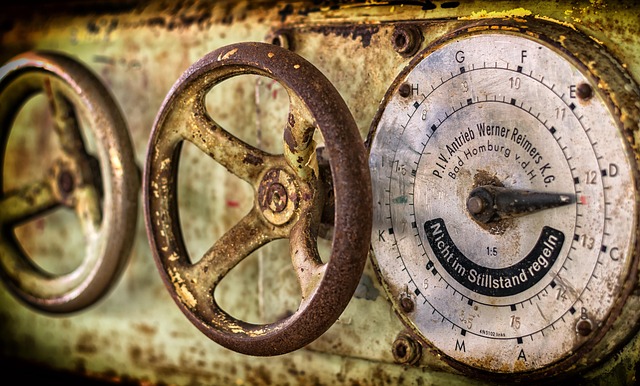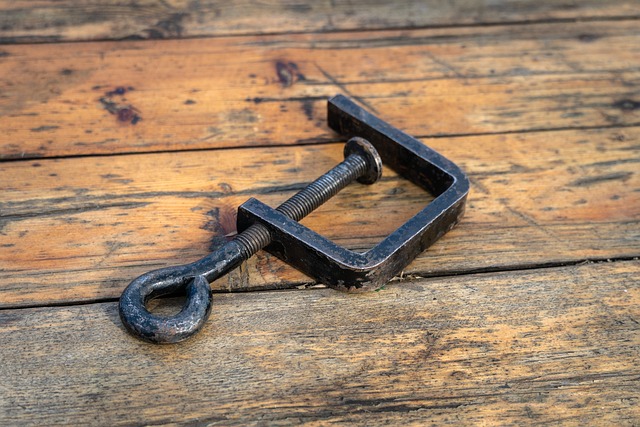Emergency valve dome props are crucial for hazmat training, simulating real-world scenarios to enhance response skills. Strategically placing these props in a safe, marked area with obstacles improves learning outcomes. Drills focus on rapid, controlled clamp activation, refined through timed sessions and debriefs. Post-drill analysis identifies strengths and weaknesses, optimizing team preparedness for effective hazmat management.
In today’s world, proper handling of hazardous materials (Hazmat) requires meticulous training. Central to these drills are dome clamps, especially in tanker operations. This article explores the crucial role of the emergency valve dome prop in enhancing Hazmat dome clamp training. We’ll guide you through understanding this essential equipment, simulating real-world scenarios, setting up a safe environment, mastering clamp activation techniques, and analyzing post-drill performance – all with a focus on the critical component: the emergency valve dome prop.
- Understanding Hazmat Dome Clamps: Essential Equipment
- Emergency Valve Dome Prop: A Key Component in Training
- Simulating Real-World Scenarios for Effective Drills
- Step-by-Step: Setting Up a Safe Training Environment
- Techniques for Mastering Clamp Activation and Response
- Post-Drill Analysis: Evaluating Performance and Improving Skills
Understanding Hazmat Dome Clamps: Essential Equipment

Hazmat dome clamps are critical pieces of equipment designed for safe and secure containment during hazardous material incidents. These specialized clamps, often referred to as emergency valve dome props, serve as essential tools in various industries dealing with dangerous substances. Their primary function is to support and stabilize emergency valves, ensuring they remain tightly sealed even under extreme conditions.
In high-risk environments, where the potential for chemical leaks or explosions exists, proper training on these clamps becomes paramount. Comprehensive drills involving dome clamp deployment simulate real-world scenarios, empowering response teams to react swiftly and effectively. By understanding the functionality and importance of emergency valve dome props, personnel can enhance their preparedness in managing hazardous situations.
Emergency Valve Dome Prop: A Key Component in Training

In hazardous material (hazmat) dome clamp training drills, the emergency valve dome prop stands as a crucial component, mimicking real-world scenarios with precision. This prop is designed to replicate the critical function of emergency valves found in industrial settings, allowing trainees to practice rapid and effective response protocols. By incorporating an authentic emergency valve dome prop into training exercises, professionals can enhance their proficiency in managing high-risk situations.
The use of this prop enables hands-on experience, refining skills essential for containing and mitigating potential hazards. It provides a safe environment to test reaction times, decision-making, and team coordination, ensuring that when faced with an actual emergency, response teams are prepared to act swiftly and efficiently. This practical training method is instrumental in maintaining high safety standards within the hazmat domain.
Simulating Real-World Scenarios for Effective Drills

Effective hazard material (hazmat) dome clamp training relies on simulating real-world scenarios. By utilizing emergency valve dome props, trainers can create dynamic and immersive environments that mimic the challenges faced in live situations. These props allow for the practice of rapid response protocols, testing the team’s ability to efficiently seal and secure tank cars carrying hazardous substances.
The advantage lies in the versatility of these dome clamps, enabling instructors to enact a range of scenarios, from routine inspections to emergency stoppages. Realistic simulations enhance learning outcomes, ensuring that personnel are prepared for unexpected events. This practical approach to training fosters a culture of safety and readiness among hazmat handling teams.
Step-by-Step: Setting Up a Safe Training Environment

To set up a safe training environment for hazardous material (hazmat) dome clamp operations, start by identifying a suitable location free from obstructions and traffic. Next, establish a clear demarcation area using cones or temporary barriers to ensure participants have ample space to maneuver. Place an emergency valve dome prop in the center, simulating a real-world scenario. Arrange various obstacles like barrels, pallets, or other hazmat containers around the dome to mimic a complex, labyrinthine layout.
Ensure all equipment, including safety gear and fire extinguishers, are readily accessible. Assign roles to participants—some as emergency responders and others as dome operators—to foster practical, hands-on experience. Verify that communication protocols between teams are clear and concise. Finally, conduct a brief safety briefing to outline procedures, potential hazards, and emergency exit routes before initiating the training drills.
Techniques for Mastering Clamp Activation and Response

Mastering the art of clamp activation and response during hazmat dome clamp training drills is paramount for ensuring effective and efficient crisis management. The key lies in thorough practice and a systematic approach. Start by familiarizing yourself with the emergency valve dome prop, which serves as a critical component in these simulations. Understand the unique mechanics of the clamp, its activation points, and the precise movements required to secure the dome swiftly and securely.
During training, focus on rapid yet controlled responses. Practice makes perfect; repeated drills will enable you to execute the clamping process instinctively, minimizing potential errors under real-world pressure. Time yourself during each drill to introduce a competitive element, pushing your team to refine their techniques further. Regularly review and debrief after each session to identify areas for improvement, ensuring continuous progress in mastering this critical aspect of hazmat response.
Post-Drill Analysis: Evaluating Performance and Improving Skills

Post-drill analysis is a crucial step in any training exercise, especially for hazardous material (hazmat) response drills involving tanker props and emergency valve dome clamps. It provides an opportunity to reflect on performance and identify areas for improvement. By thoroughly evaluating each team’s actions during the drill, response personnel can enhance their skills and ensure they are well-prepared for real-world scenarios.
This analysis should focus on various aspects, such as teamwork coordination, communication effectiveness, and individual task execution. Observers can assess if teams demonstrated proper use of equipment, including emergency valve dome props, and if they could quickly adapt to unexpected challenges. Identifying strengths and weaknesses allows for targeted training adjustments, ensuring the team’s preparedness and confidence in handling hazmat incidents efficiently and safely.






